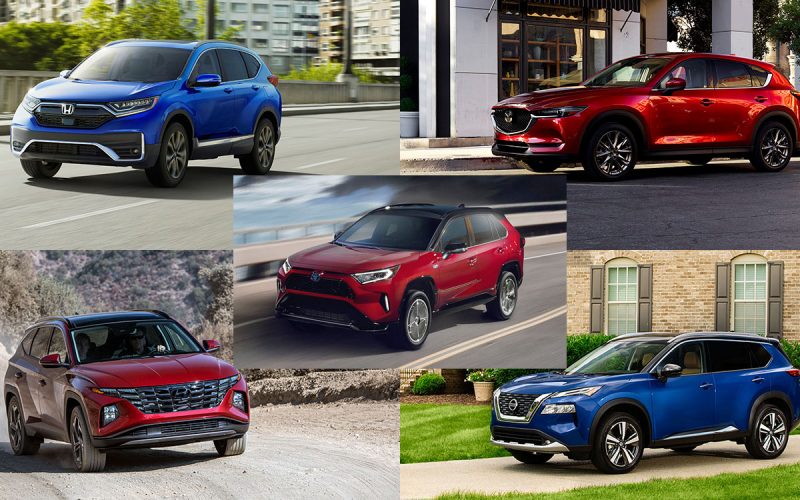
Reading Time: 12 minutesThere’s no hotter segment in today’s car market than the compact crossover SUV. Having started in
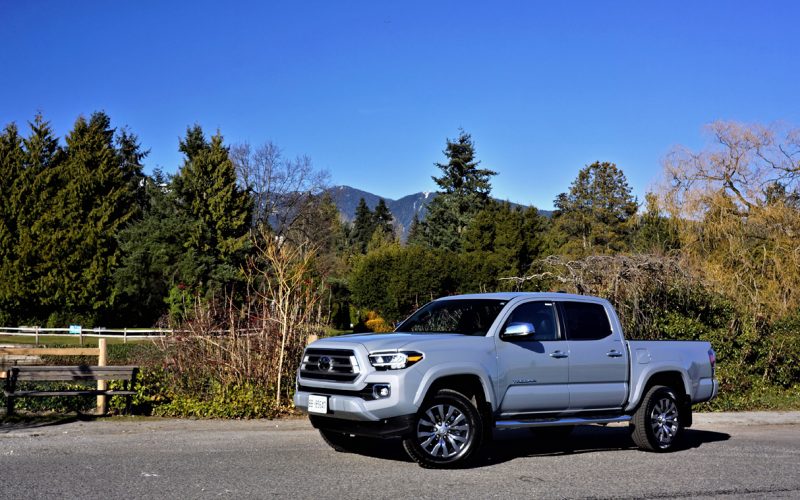
Reading Time: 12 minutesTo say that Toyota’s Tacoma is merely king of the mid-size pickup truck hill is a
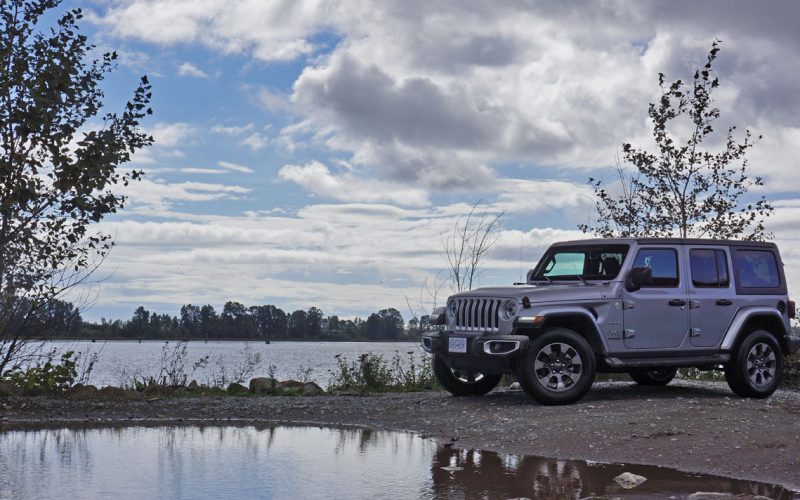
Reading Time: 13 minutesYou’d be forgiven for not noticing, but Jeep completely overhauled its Wrangler two years ago for
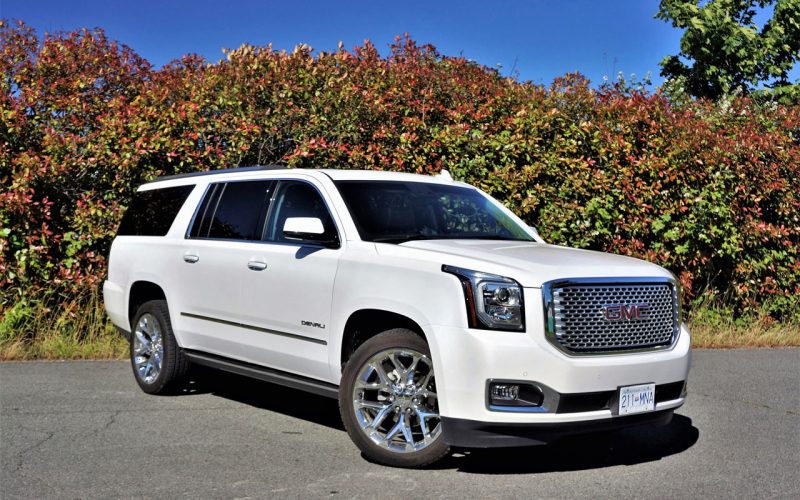
Reading Time: 6 minutesRemember when full-size truck-based SUVs were the environmental equivalent of the antichrist? Hummer was the “Chucky”
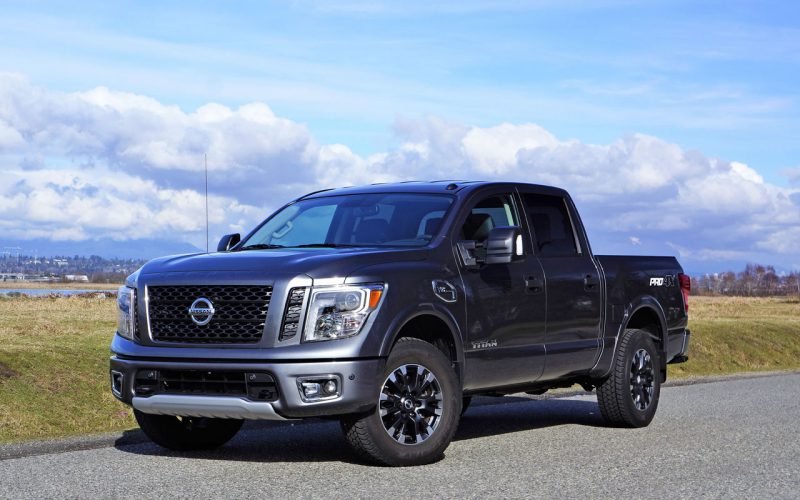
Reading Time: 6 minutesStories about unprecedented pickup truck sales growth aren’t fully founded in reality, as shown by 2016
© 2025 The Car Magazine. All Rights Reserved, Privacy Policy | Terms of Use